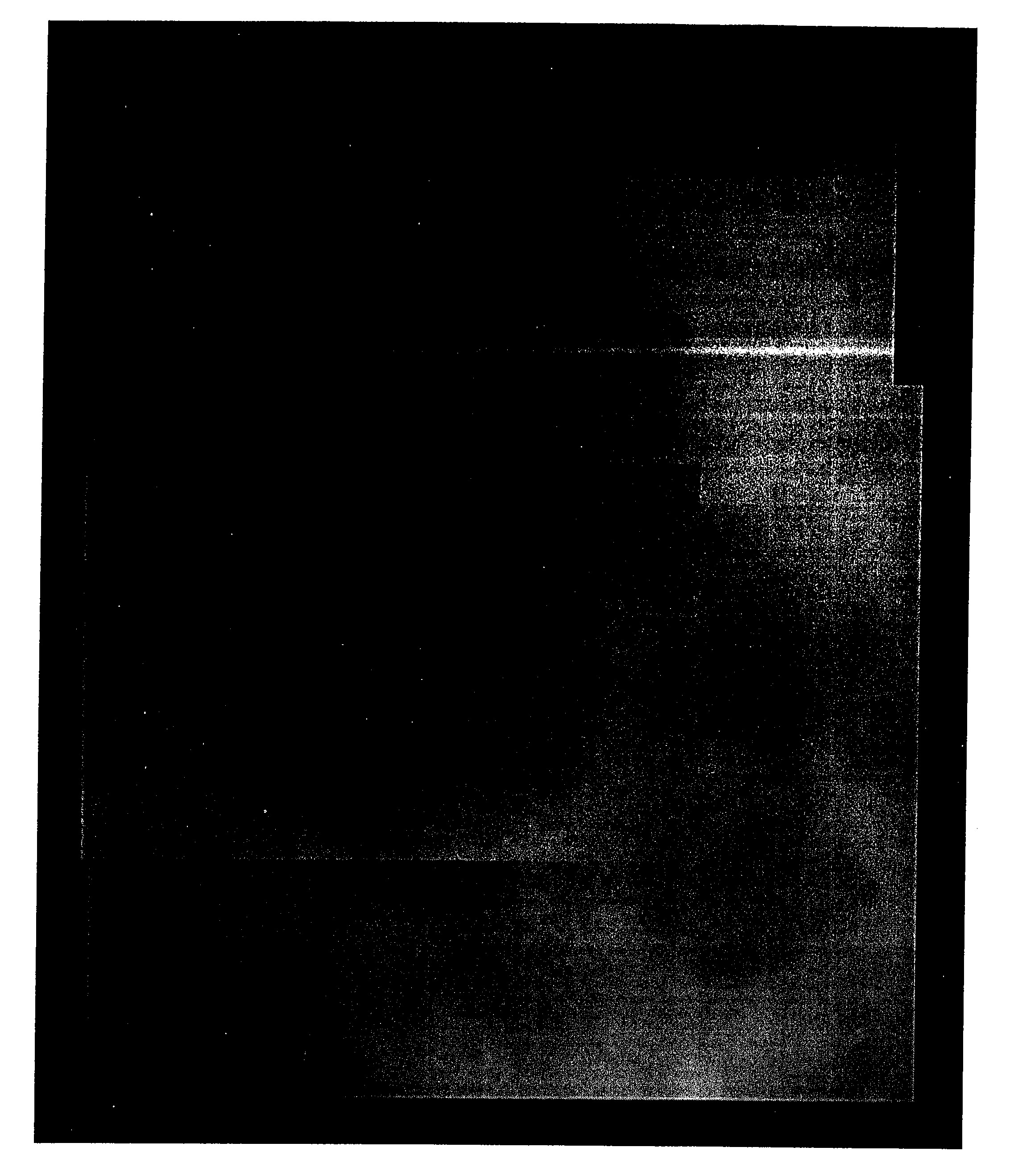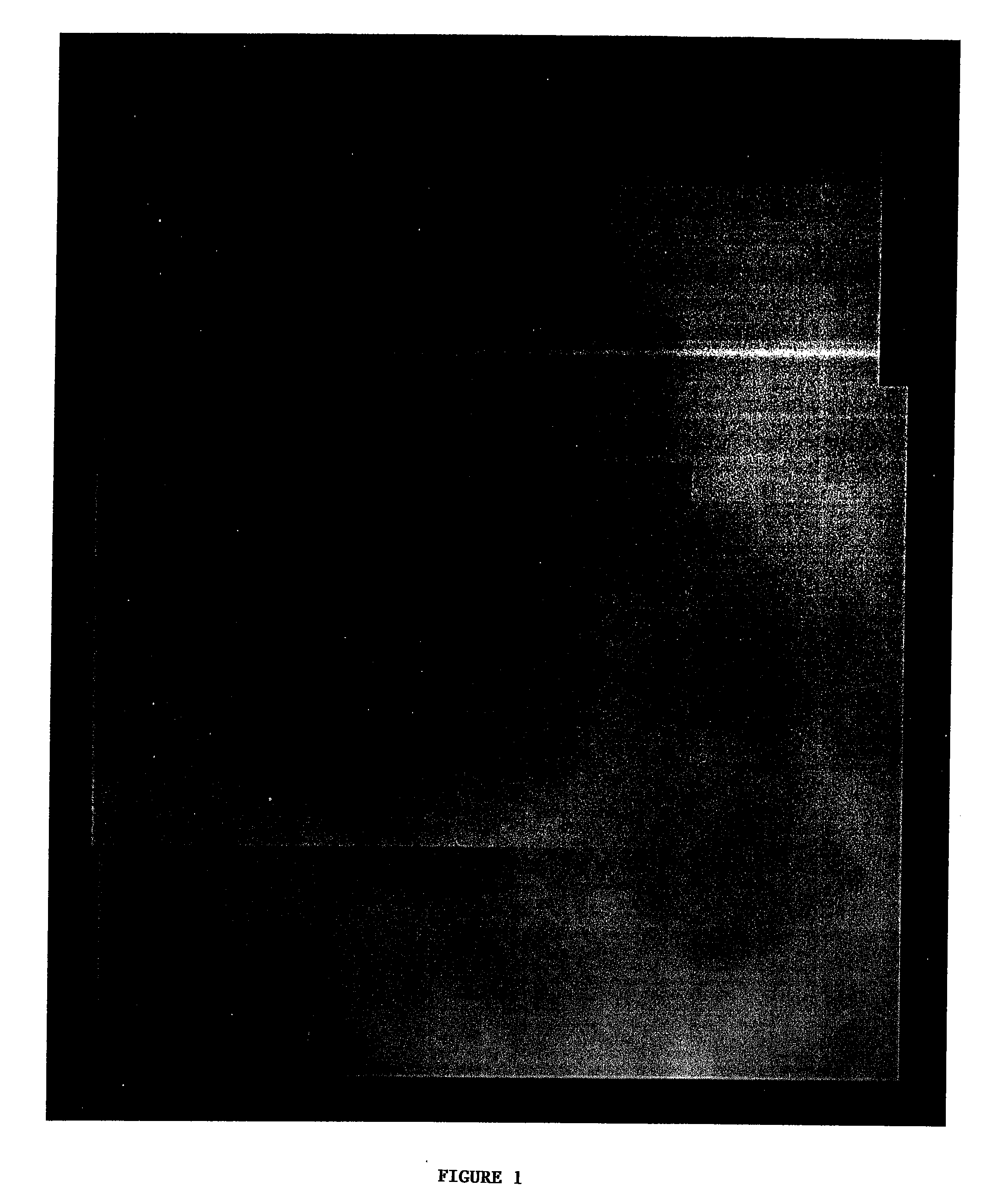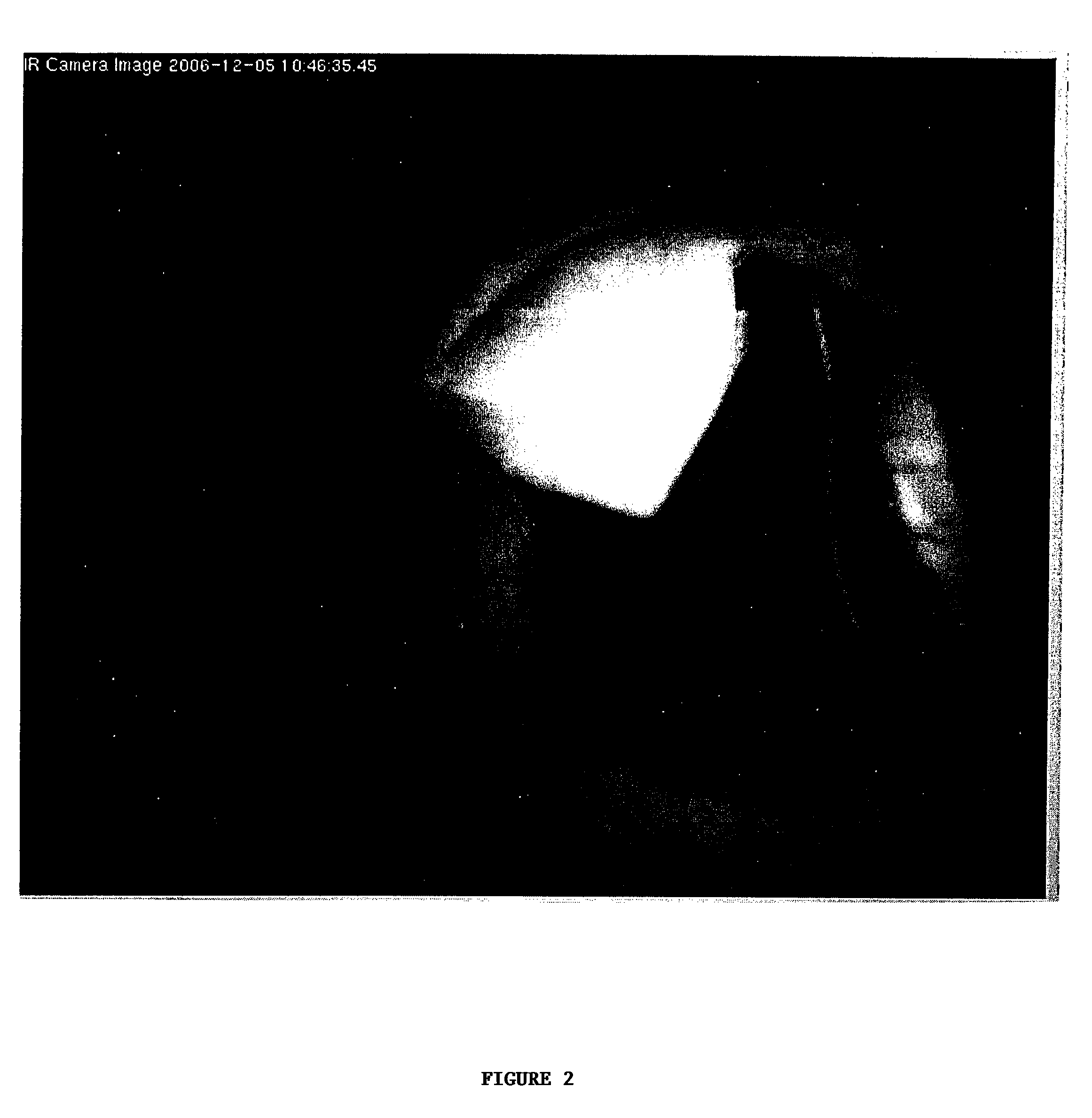Intraoperative Imaging Of Hepatobiliary Structures
a technology of intraoperative imaging and biliary organs, which is applied in the field of intraoperative imaging of biliary organs, can solve the problems of erroneously believing, increasing the cost and risk of the procedure for the patient without providing a significant additional, and sometimes complicating the intraoperative assessmen
- Summary
- Abstract
- Description
- Claims
- Application Information
AI Technical Summary
Benefits of technology
Problems solved by technology
Method used
Image
Examples
example 1
[0048]Intraoperative video angiography is performed with a laser-fluorescence imaging device ((Novadaq Technologies, Inc., Mississauga, Ontario, Canada) consisting of a NIR laser light source and a NIRF-sensitive digital camcorder. For measurements, the unit is positioned 30 to 40 cm from the area of interest. ICG, dissolved in an appropriate carrier, such as saline solution, is then injected as a bolus. The NIR light emitted by the laser light source induces ICG fluorescence. The fluorescence is recorded by a digital video camera, with optical filtering to block ambient and laser light so that only ICG fluorescence is captured. Images can be observed on screen in real time (at approximately 25 to 30 images / sec (PAL or NTSC)). The images can be reviewed and stored on the digital video camera or transferred to a computer or to storage media.
example 2
[0049]In an initial clinical trial, fifteen (15) subjects are enrolled and assessed during the conduct of the trial. All study subjects receive standard of care assessments for their pre- and post-operative care. Candidates for this study meet all of the following inclusion criteria, and do not meet any of the listed exclusion criteria. The inclusion criteria are: subject (or legal representative) is willing and able to provide an informed consent; subject is willing and able to comply with the study procedures, a urine pregnancy test for women of reproductive age prior to surgery shows the woman is not pregnant, and the subject is scheduled for biliary surgery. The exclusion criteria are: subject has significant liver disease, cirrhosis or liver insufficiency with abnormal liver function tests, as total bilirubin>1.5×normal and / or SGOT>2×normal, subject has uremia, serum creatinine>2.5 mg / dl, subject has a previous history of adverse reaction or allergy to ICG, iodine, shellfish or...
example 3
[0053]This Example reports the results of an investigation of liver visualization by fluorescent dye in an adult pig model. An adult pig (approximately 50-60 kilograms) was placed under appropriate anesthesia and its liver subjected to radiofrequency (RF) emissions from a RF needle electrode. The liver looked normal upon visual examination under normal light. ICG was administered intravenously as a bolus injection and the liver was visualized by fluorescent illumination using a SPY™ imaging system (Novadaq Technologies, Inc., Mississauga, Ontario, Canada). FIG. 1 is a composite of photographs taken of the light emitted from the liver under laser excitation light illumination. The lighter areas to the right and bottom sides of the photos indicate normal liver tissue. The darker areas in the middle shows areas of low perfusion, while the black area on the left side of the photos had no visible perfusion and was likely dead. Upon palpation, the light areas were flexible and normal, whi...
PUM
 Login to View More
Login to View More Abstract
Description
Claims
Application Information
 Login to View More
Login to View More - R&D
- Intellectual Property
- Life Sciences
- Materials
- Tech Scout
- Unparalleled Data Quality
- Higher Quality Content
- 60% Fewer Hallucinations
Browse by: Latest US Patents, China's latest patents, Technical Efficacy Thesaurus, Application Domain, Technology Topic, Popular Technical Reports.
© 2025 PatSnap. All rights reserved.Legal|Privacy policy|Modern Slavery Act Transparency Statement|Sitemap|About US| Contact US: help@patsnap.com



